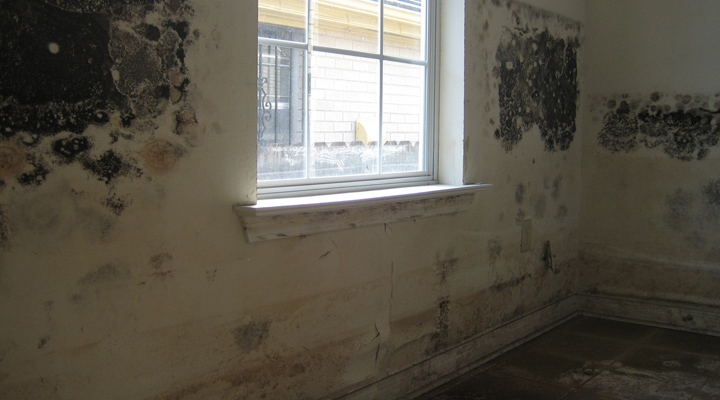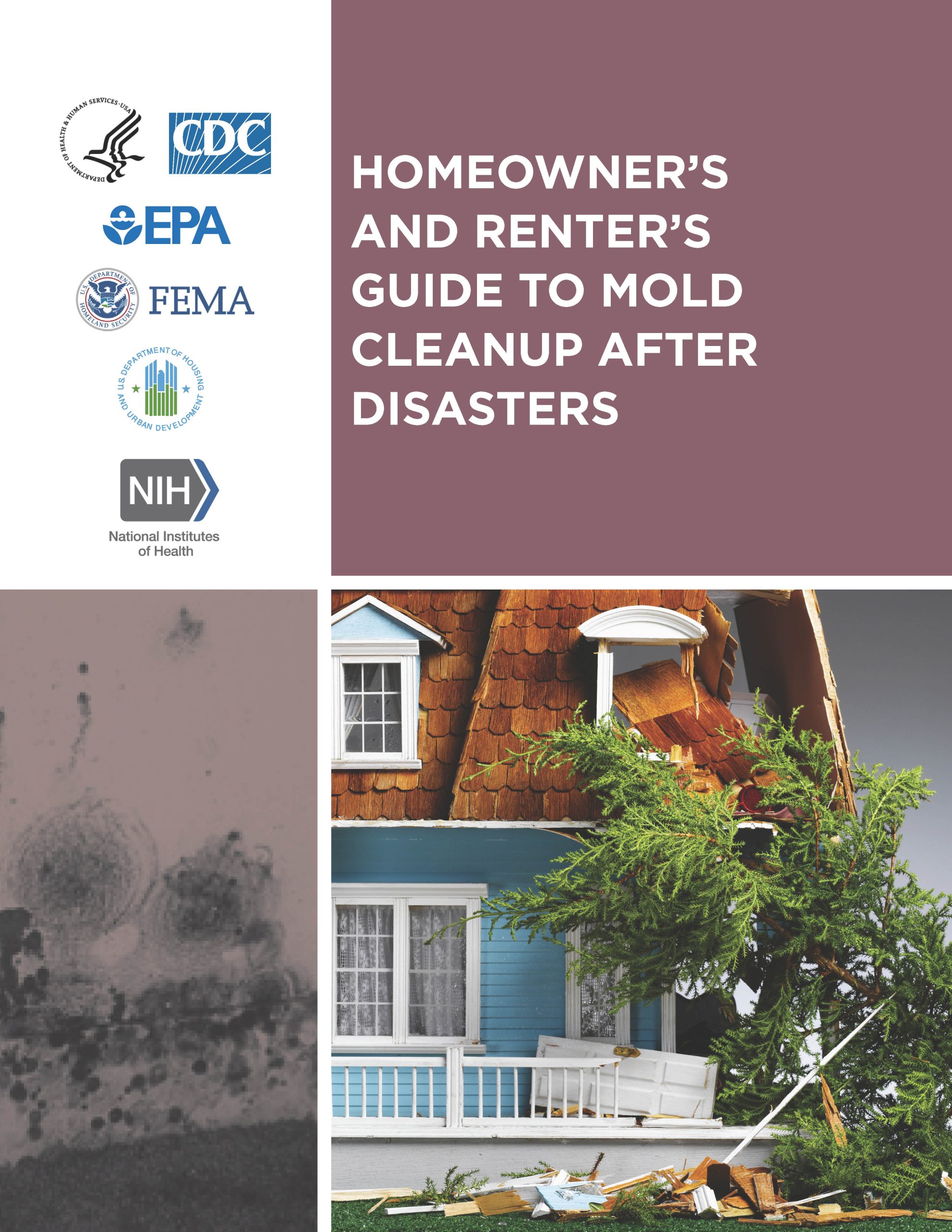What to know
- Mold can look like spots of many different colors, and it can smell musty. If you see or smell mold, you should remove it.
- If mold is growing in your home, you need to clean up the mold and fix the moisture problem.
- Learn what mold is, how to prevent it, and how to clean it up.
Overview
There is always some mold around. Molds have been on the Earth for millions of years. Mold can get in your home through open doors, windows, vents, and heating and air conditioning systems. Mold in the air outside can be brought indoors on clothing, shoes, bags, and even pets.
Mold will grow where there is moisture, such as around leaks in roofs, windows, or pipes, or where there has been a flood. Mold grows on paper, cardboard, ceiling tiles, and wood. Mold can also grow in dust, paints, wallpaper, insulation, drywall, carpet, fabric, and upholstery.
Common types

Mold is found both indoors and outdoors. Mold can enter your home through open doorways, windows, vents, and heating and air conditioning systems. Mold in the air outside can also attach itself to clothing, shoes, and pets can and be carried indoors.
When mold spores drop on places with excessive moisture, such as where leakage may have occurred in roofs, pipes, walls, plant pots, or where there has been flooding, they will grow.
Possible health effects
Exposure to damp and moldy environments may cause a variety of health effects, or none at all.
For some people, mold can cause a stuffy nose, sore throat, coughing or wheezing, burning eyes, or skin rash. People with asthma or who are allergic to mold may have severe reactions. Immune-compromised people and people with chronic lung disease may get infections in their lungs from mold. For people who are sensitive to molds exposure to molds can lead to symptoms such as stuffy nose, wheezing, and red or itchy eyes, or skin. Severe reactions, such as fever or shortness of breath, may occur among workers exposed to large amounts of molds in occupational settings, such as farmers working around moldy hay.
In 2004 the Institute of Medicine (IOM) found there was sufficient evidence to link indoor exposure to mold with upper respiratory tract symptoms, cough, and wheeze in otherwise healthy people; with asthma symptoms in people with asthma; and with hypersensitivity pneumonitis in individuals susceptible to that immune-mediated condition.
In 2009, the World Health Organization issued additional guidance, the WHO Guidelines for Indoor Air Quality: Dampness and Mould. Other recent studies have suggested a potential link of early mold exposure to development of asthma in some children, particularly among children who may be genetically susceptible to asthma development, and that selected interventions that improve housing conditions can reduce morbidity from asthma and respiratory allergies.
Preventing
There are steps you can take to prevent mold growth in your home.
- Keep humidity levels in your home as low as you can — no higher than 50% — all day long. An air conditioner or dehumidifier will help you keep the level low.
- Be sure the air in your home flows freely. Use exhaust fans in the kitchen and bathroom that vent to outside your home. Make sure your clothes dryer vents outside your home.
- Fix any leaks in your home's roof, walls, or plumbing so mold does not have moisture to grow.
- Clean up and dry out your home fully and quickly (within 24–48 hours) after a flood.
- Add mold inhibitors to paints before painting. You can buy mold inhibitors at paint and home improvement stores.
- Clean bathrooms with mold-killing products.
- Remove or replace carpets and upholstery that have been soaked and cannot be dried right away. Don't use carpet in places like bathrooms or basements that may have a lot of moisture.
Cleaning
If you see or smell mold, you should remove it. You do not need to know the type of mold. If mold is growing in your home, you need to clean up the mold and fix the moisture problem.
Mold can be removed from hard surfaces with household products, soap and water, or a bleach solution of no more than 1 cup of household laundry bleach in 1 gallon of water.
If you use bleach
- Never mix bleach with ammonia or other cleaners. This will produce a poisonous gas.
- Follow manufacturers' instructions when you use bleach or any other cleaning product.
- Open windows and doors to provide fresh air.
- Wear rubber boots, rubber gloves, and goggles during cleanup.
For more information, read the guide on safely cleaning up mold
(Also available in Spanish and Vietnamese)
Home testing
CDC does not recommend mold testing.
The health effects of mold are different for different people so you cannot rely on sampling and culturing to know whether someone might become sick. No matter what type of mold is present, you need to remove it.
Also, good sampling for mold can be expensive, and there are no set standards for what is and what is not an acceptable quantity of different kinds of mold in a home. The best thing you can do is to safely remove the mold and prevent future mold growth.

